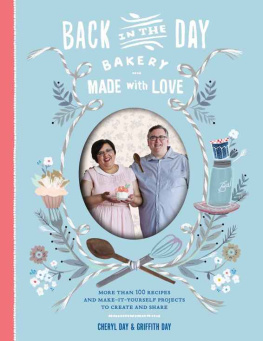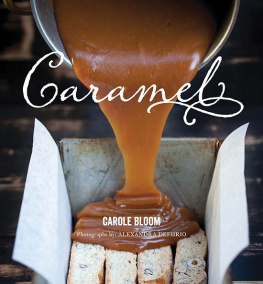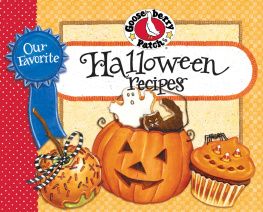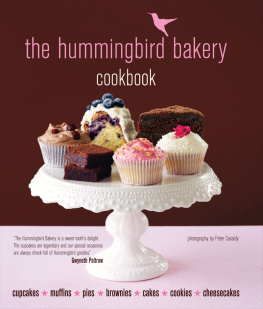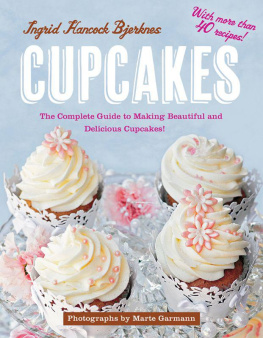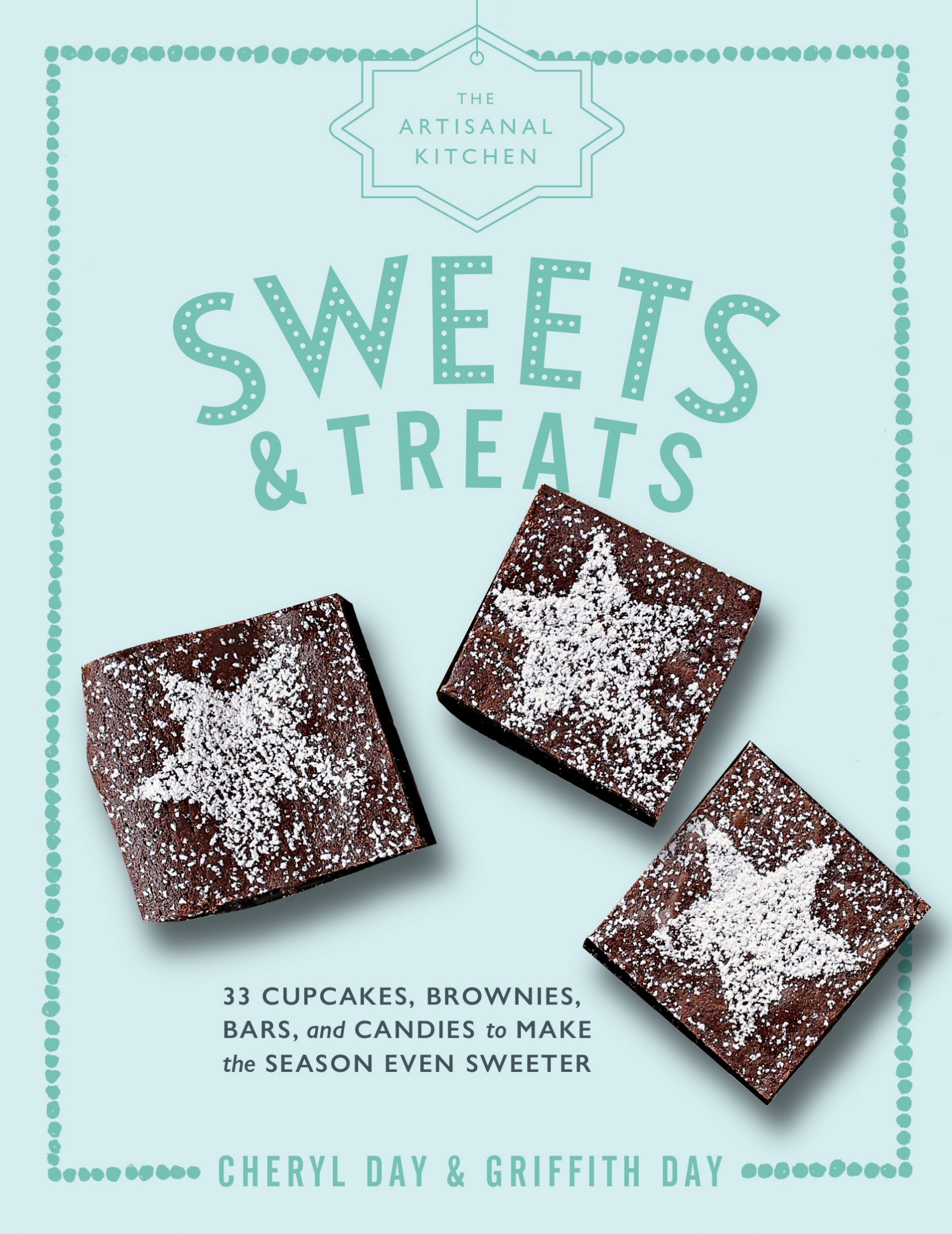Also in This Series
The Artisanal Kitchen: Perfect Pasta
The Artisanal Kitchen: Perfect Pizza at Home
The Artisanal Kitchen: Vegetables the Italian Way
The Artisanal Kitchen: Holiday Cocktails
The Artisanal Kitchen: Holiday Cookies
The Artisanal Kitchen: Party Food
The Artisanal Kitchen: Baking for Breakfast
The Artisanal Kitchen: Party Cakes


33 CUPCAKES, BROWNIES, BARS, and CANDIES to MAKE the SEASON EVEN SWEETER
Cheryl Day and Griffith Day

artisan | New York
Contents
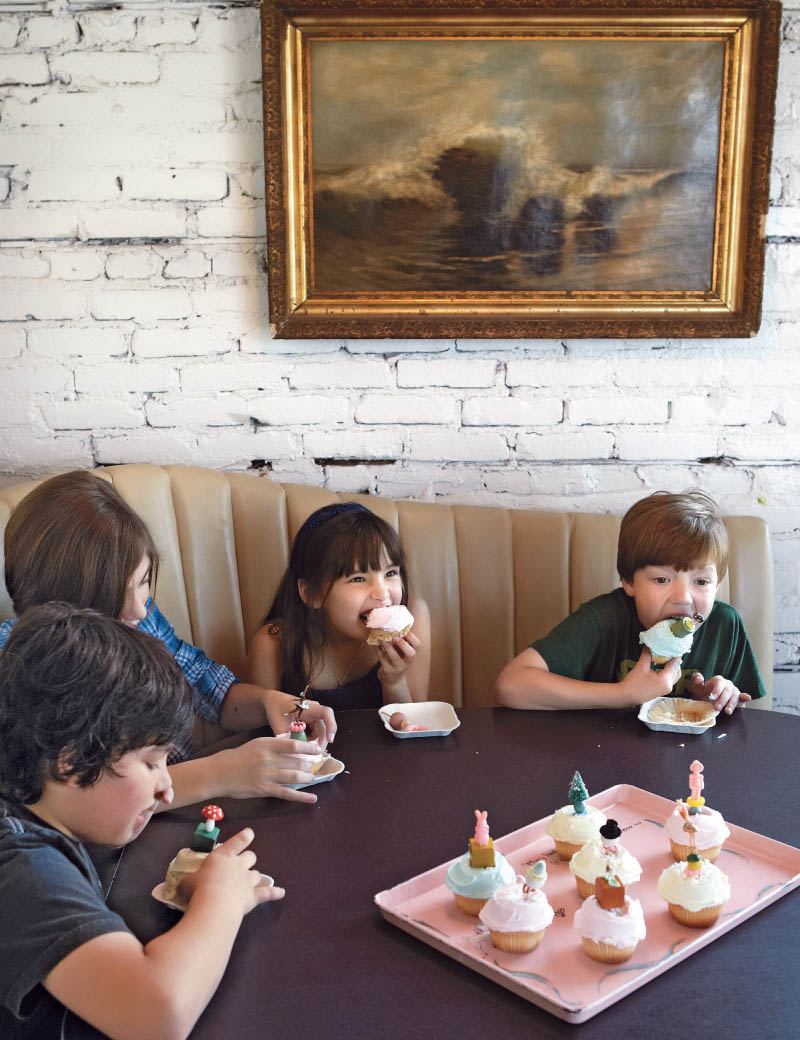
Introduction
M any peoples kitchens turn into a veritable baking wonderland when the holiday season sets in, and there is nothing quite like the satisfaction of bringing smiles to the faces of those enjoying your delicious creations. The process of baking intimidates many folks, but our style of baking is meant to be fun. Once you master a few simple techniques, youre in! Its the small details that make all the difference. Becoming a great baker is accessible to anyone who is willing to learn. Here are our simple but special tricks for turning out incredible snacks and baked goods.
Read the Recipe
Always read a recipe from start to finish to make sure that you have a clear understanding of all the steps. Its a mistake to assume that, for example, because you have made cupcakes many times you know the method for every single cupcake recipe. Think of a recipe as your baking GPS. Be sure that you have the proper tools and that all of your ingredients are at the proper temperature. One of the most common kitchen errors is to start mixing and then discover that you are missing a key ingredient. Yikes!
Another common mistake is to not realize that an ingredientsay, sugaris added in two separate increments, not all at once. If you dont read the instructions, you are not setting yourself up for success. So say it with me: Read the whole recipe first!
Organize Your Workspace (and Your Mind)
Your most important tool in baking is a clean and organized workspace. Make sure that you have all of your ingredients and tools prepped and ready to go before you start baking. The French term mise en place means, literally, to put in place. Measure out the flour and sugar, chop the nuts, and have clean bowls ready. Many baking techniques are time-sensitiveit is disastrous to start mixing only to realize that you needed to get your butter or eggs to room temperature first. Distractions are often the villains in the kitchen: if you have to stop for a phone call, be sure to make a note of where you left off in the recipe so that you dont find yourself trying to recall whether you added the salt or not. A well-organized kitchen will ensure confidence and success.
Temperature Matters
It is essential to have your ingredients at the temperature called for in the recipe. For example, if your eggs are too cold when you add them to your perfectly creamed butter and sugar, the butter will seize up, deflating the air bubbles that you worked so hard to create, and the batter will resist being completely mixed. If that happens, the air bubbles will not expand during baking and the result will be a flat, dense cupcake, not one with a light, fluffy, and tender crumb.
The quickest way to get eggs to room temperature is simply to put the whole eggs in a small bowl of hot water and swish them around for 1 to 2 minutes, being careful not to bang their delicate shells against one another. This will bring them gently to room temperature. Dont leave them in the hot water too long, though, or you will begin to cook them.
If a recipe calls for room-temperature butter, that means it is between 65 and 67F, which is cool but not cold. You can pull the butter out of the refrigerator about an hour before you are going to start (on a superhot day, 30 minutes will do the trick), or you can cut it into cubes to help speed up the process of bringing it to room temperature. A few visual and tactile clues can also help you to determine whether or not butter is at the proper temperature: you should be able to make an indentation with your finger on the surface of the butter, but the butter should be slightly firm, not hardand definitely not squishy. If the butter gets too warm, label it with the date and return it to the refrigerator for future use for something that does not require creaming. Start again with fresh butter.
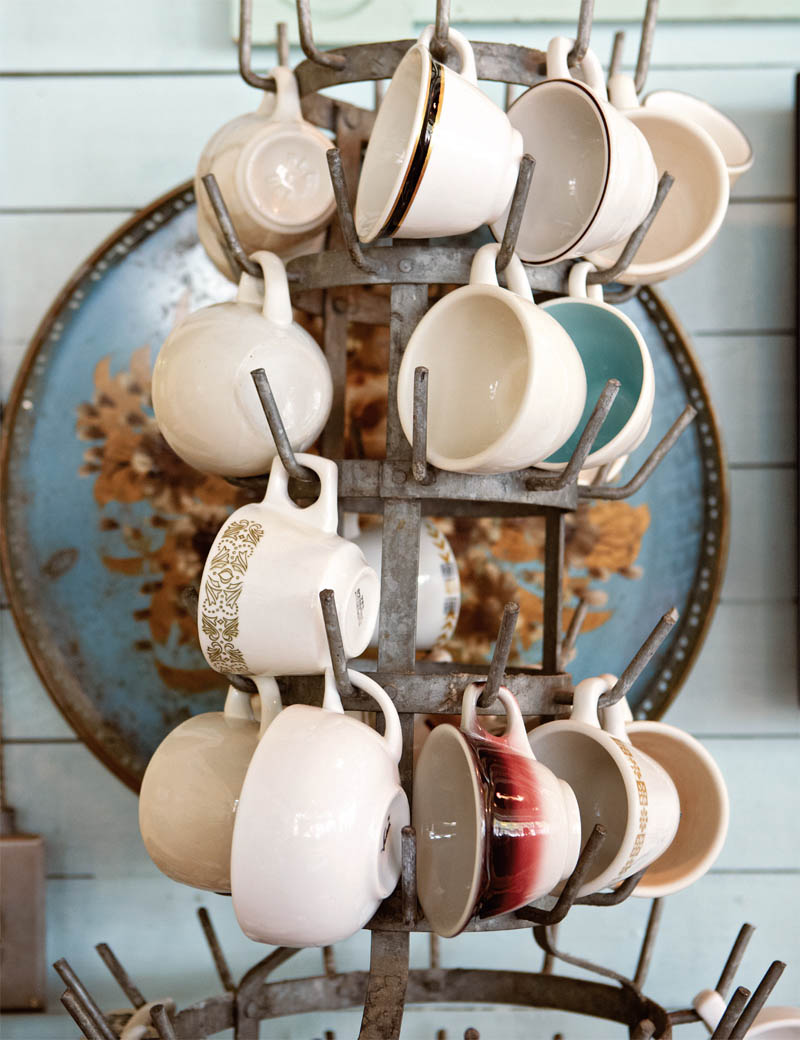
Preheat Your Oven
Start preheating your oven at least 20 minutes before baking to make sure that it has a chance to come to the correct temperature. You should also use an oven thermometer to make sure your oven is calibrated correctly (see ). All ovens are not created equal, and baking temperature can make a big difference in the result. If the oven is too cold when you put a cupcake in it, rising will be inhibited, the batter will melt, and the crumb will be tough. If the oven is too hot, the results can be even more disastrous. A crust will form on the outside of cupcake layers and the inside will be underbaked and gooey.
Ovens will cycle on and off during baking, and every time you open the oven door, the temperature will drop slightly. This is why baking times are usually given as a range. If a recipe says to bake for 20 to 25 minutes, check it at the earliest time. And dont worry if your oven takes 5 minutes longer than suggested. Use the visual clues for doneness given with the recipes as well, and always take note of your baking time, which will be helpful the next time you make that recipe.
Know Your Ingredients
It is important to understand the role of each ingredient in the baking process. You cant just skip over steps or substitute ingredients and think it will all work out in the end.
Take the unassuming egg: it performs so many important functions in making baked goods and other desserts. Eggs leaven, thicken, moisturize, and enhance flavors. Whole eggs, as well as yolks on their own, are great emulsifiers. The lecithin in yolks binds fats and water, which normally resist each other. Eggs also provide structure; when egg whites are whipped to stiff peaks and folded into a batter, for example, the air trapped in the whites expands in the heat of the oven during baking, acting as a leavening agent for light, airy desserts.
Baking soda and baking powder are both leaveners. They create chemical reactions in doughs and batters that release carbon dioxide bubbles that will cause cake layers to rise. Baking soda requires the presence of an acid, such as sour cream, buttermilk, molasses, nonalkalized cocoa powder, or brown sugar (which contains molasses) to activate it. Baking powder does not require the presence of acid; it reacts once it is combined with a liquid, such as milk. Baking powders made with aluminum compounds have a chemical aftertaste, so we use aluminum-free baking powder in all of our recipes.


